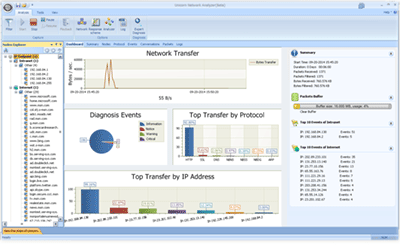Recently encountered an issue with wireless screen mirroring where switching between portrait and landscape mode when playing a video on a mobile device caused temporary screen distortion on the TV side, returning to normal in a few seconds.
Here is a summary of the analysis steps for WiFi Display screen distortion issues.First, it’s important to determine whether the distortion occurs occasionally or every time. Occasional distortion or stuttering is a normal phenomenon; continuous distortion or stuttering is mainly due to wireless interference.At this point, testing in a shielded room can help exclude signal interference as a factor. If distortion doesn’t occur in the shielded room, signal interference is to blame, and typically no further action is taken. If distortion still occurs in the shielded room, signal interference is ruled out.The next step is to judge whether it’s a WLAN issue or a video issue. Check the dump.ts in the WiFi display. If dump.ts is normal, the problem doesn’t originate from the WLAN but from the display.To obtain dump.ts:
Code language: JavaScriptCopy
adb shell setprop persist.vendor.debug.rtp.enable_dump 1Code language: JavaScriptCopy
wfdconfig.xml,If dump.ts is normal, then video issues are ruled out; in this case, capture tcpdump logs for further analysis.adb shell tcpdump -i any -s 0 -w /data/tcpdump.pcap
Use WireShark software to convert the tcpdump logs into video streams and then check the video for screen distortion (RTS).Capture the tcpdump logs separately for both the mobile device and the TV side. If the tcpdump logs on the mobile side are okay, there might have been frame loss during transmission. Continue with the analysis.



